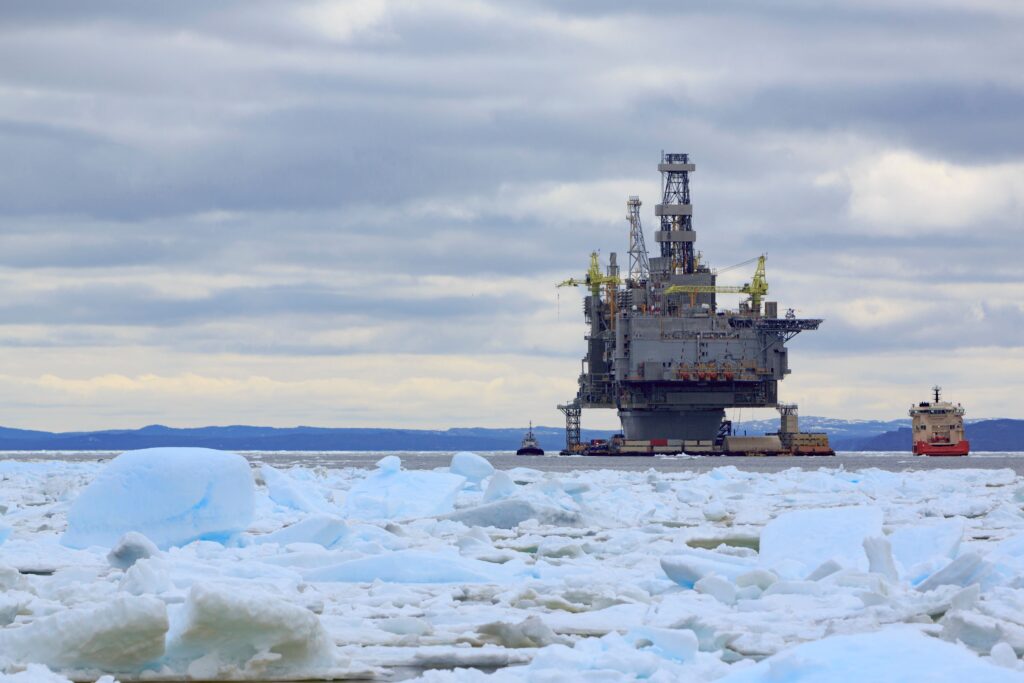Marine Atlantic’s 157- meter-long, 4,650-ton MV Leif Ericson has saved C$750,000 (about $568,000) over the past three years thanks to two Clayton exhaust steam generators that produce steam from the main engines’ exhaust to heat the ship’s spaces and fuel tanks.
Marine Atlantic is a Canadian Federal Crown Corporation that provides a vital marine transportation link across the Cabot Strait between Newfoundland and Labrador and mainland Canada.
Leif Ericson operates on Marine Atlantic’s year-round ferry service between Port aux Basques, Newfoundland aw.1 Labrador and North Sydney, Nova Scotia.
“By utilizing the exhaust gases to make steam, we get free heat at sea,” says A.A. deHoog, Marine-Atlantic senior technical manager.
During the six-how·, 100-mile voyage between Sydney, Nova Scotia, and Port aux Basques, Newfoundland, the ship’s oil-fired main boiler remains idle, while the two exhaust steam generators (ESG’s) produce 5,400 lb/hour of steam from the 480°C (895°F) exhaust of two Sulzer 4,400 hp marine diesel engines.
The main boiler only operates in port (consuming 3,51D0 liter/day [924 gal/day]) while the ESG’s are turned off. When the ship gets under way, the ESG’s automatically turn on with the ship’s engines, producing steam in less than five minutes.
By reducing operation of the main boiler, the exhaust steam generators save between C$250,000-280,000 per year in fuel costs. Reduced wear and tear have substantially extended the main boiler’s service life.
How Exhaust Steam Generators Operate
In Clayton’s controlled circulation counterflow design, exhaust gas flows over closely packed, small diameter coiled water tubes, provided in sections, placed in the ship’s two stacks. Hot water and steam circulate in the tubes and discharge by common connection into an accumulator/separator tank, which separates the steam from the water. Steam is piped to the ship’s heating users while the water recirculates through the coils, mixing with and preheating the feedwater to avoid dewpoint corrosion.
The compact tubing has relatively small internal volume, keeping water content low for high heat transfer, small size and very low weight. The ESG’s stand only 4.2 ft tall by 6 ft wide. Low water content in the tubes permits fast startups.
The design has proven to be safe, explosion proof, and requires a minimum of control equipment.
The entire ESG system consists of the coil sections, the accumulator/separator, and a feedwater pump to recirculate feedwater. A soot blower is mounted in he ESG inlet. A PLC monitors and controls pumping together with steam and water temperatures.
In addition to heating the ship’s spaces, the steam heats domestic hot water, and pre-heats fuel for the main engines, boiler and electrical generators.
Reliable Operation For 35 Years
Clayton has installed exhaust steam generators on ships since 1968, maintaining them on cargo ships, chemical carriers, reefers, tankers, jack-up rigs, fish processing vessels, among others. On land, ESG’s operate in tandem with diesel engines, gas turbines, glass furnaces, enamel ovens, thermal oxidizers, and other applications.
The Leif Ericson was built in Fossen, Norway, in 1991, carries 500 passengers and holds 250 cars on two vehicle decks.
DeHoog concludes, “Steam providing the vessel’s heating needs is like a freebee while we can operate without the oilfired boiler at sea.”
Precision Steam Provider
Clayton Industries, an international enterprise founded in 1930 and head- quartered in El Monte, California, has established a global reputation for quality products, innovation and service. The company operates facilities at 26 sites around the world.
In addition to a broad range of compact, fuel-efficient boilers, steam generators and fluid heaters for major industries, the company designs and manufactures waste heat and exhaust gas boilers for the marine co-gen and industrial furnace markets.
Clayton offers generators and heaters, for purchase or rental, individually or in multiples, and also makes available skidmounted configurations. The company further supplies a line of boiler feedwater treatment chemicals.

